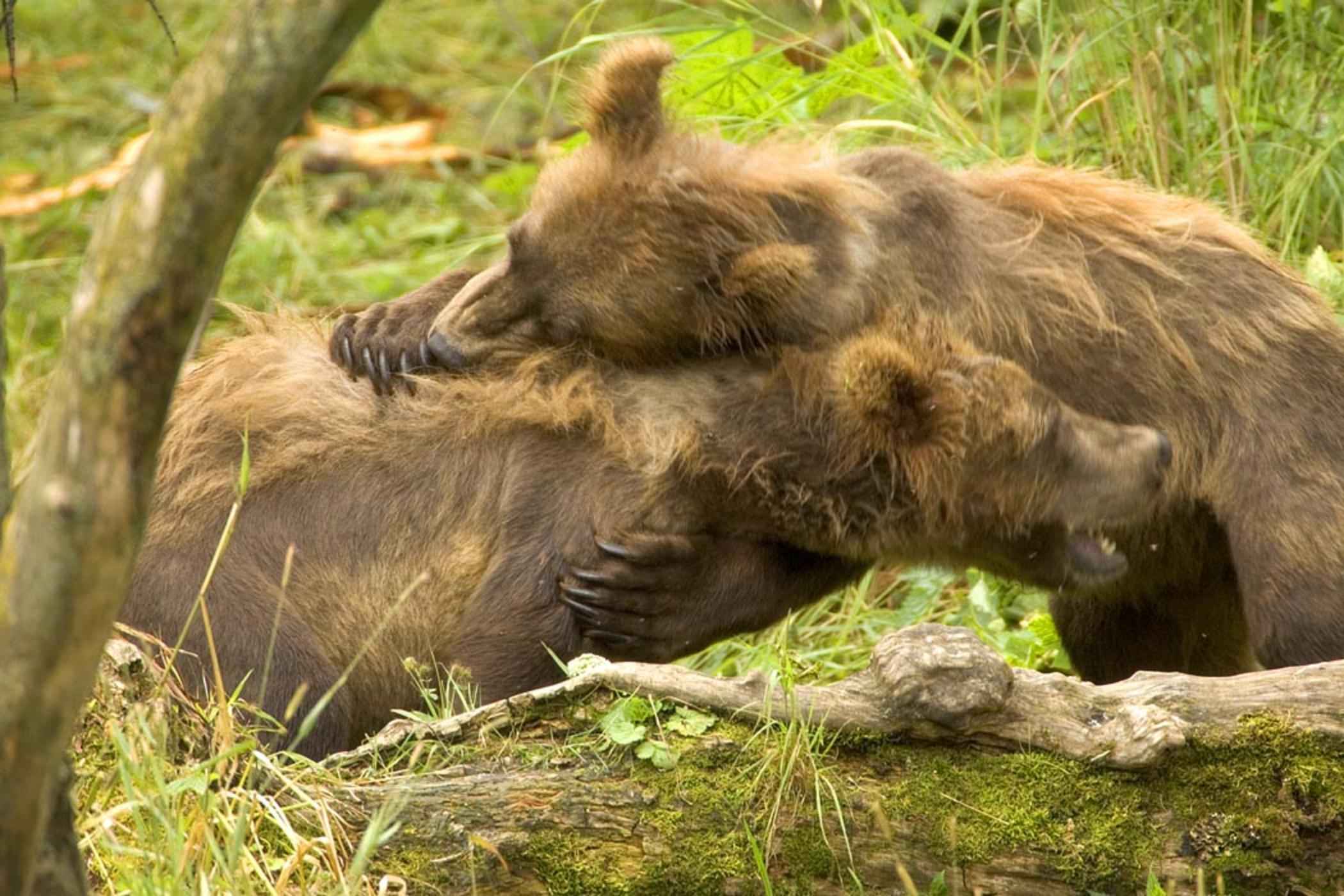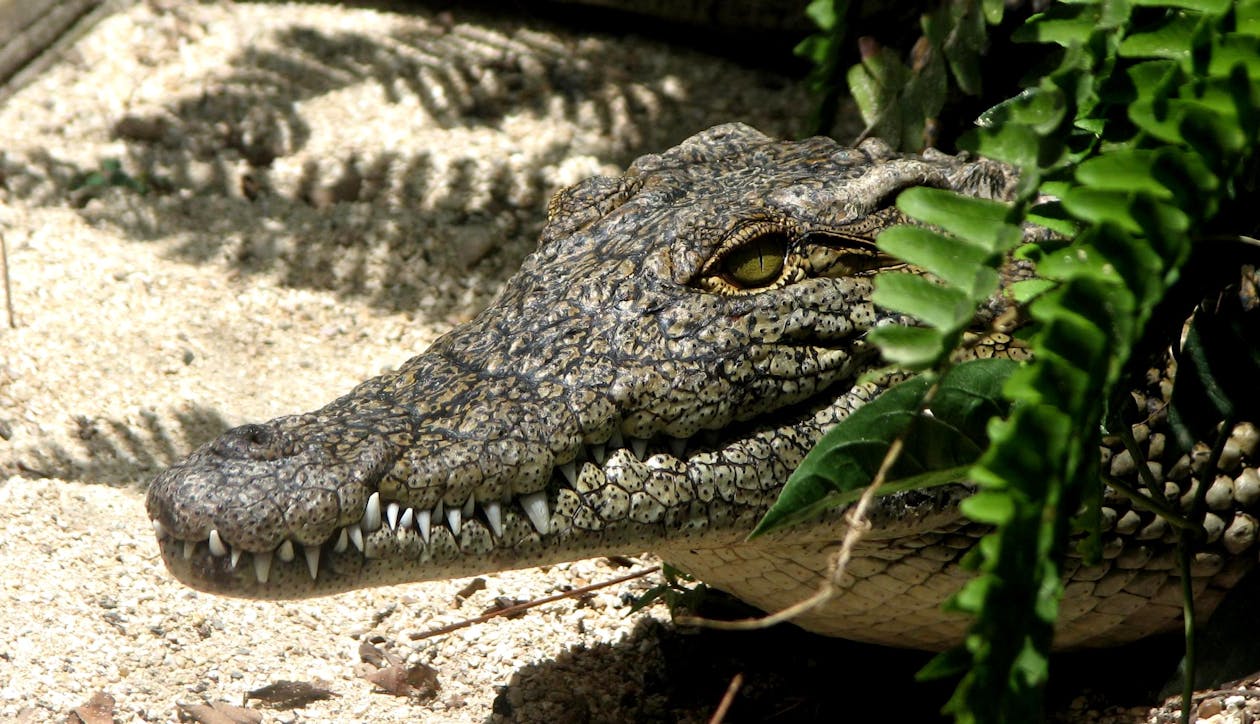The Paranthropus genus, a group of hominins closely related to humans and chimpanzees, took a different evolutionary path from our ancestors. They had wide cheekbones, massive back teeth, and heavily built skulls, indicating a different adaptation for powerful chewing.
Related Posts
Spiders ‘smell’ with their legs – new research
Male garden spider, Araneus diadematus. Robert Adami/Shutterstock Dan-Dan Zhang, Lund University Spiders have always lived alongside humans, so…
January 21, 2025
Evolution: features that help finding a mate may lead to smaller brains
Male southern elephant seals are much larger than females. Jeremy Richards/Shutterstock Benjamin Padilla-Morales, University of Bath A longstanding…
April 15, 2025
Australian honeybees are under attack by mites and beetles. Here’s how to keep your backyard hive safe
Varroa mites on a male bee larva. Theotime Colin Cornelia Sattler, Macquarie University and Théotime Colin, Macquarie University…
April 25, 2025
Toxic alligators serve as a warning for southeastern US ecosystems
New research reveals that the place an alligator lives determines its toxic mercury load, with some populations carrying levels eight times higher than others.
June 20, 2025











